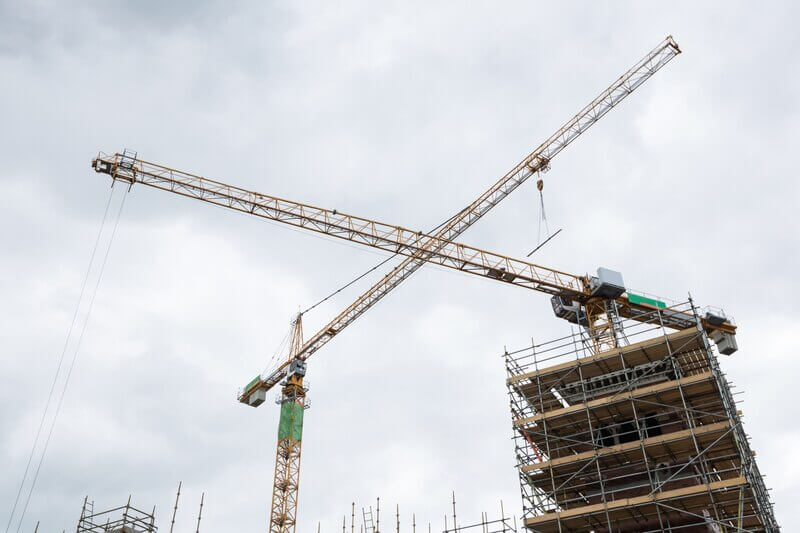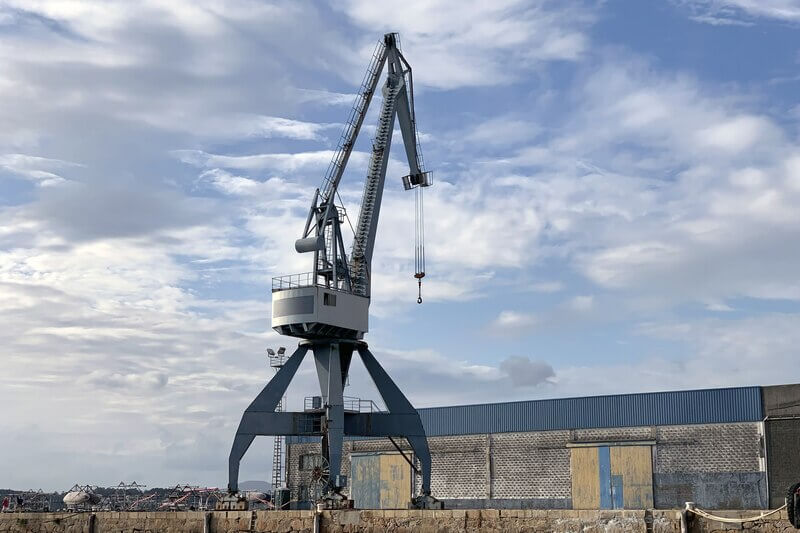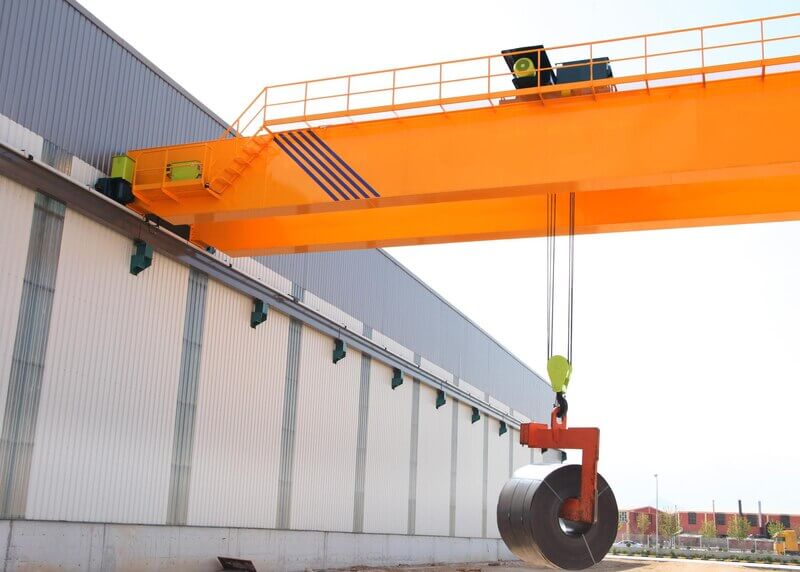If you have a warehouse, you surely know about warehouse cranes. Bridge cranes are a must-have in any modern warehouse, because it allows its user to do a task with precision and efficiency. If you want to buy one, this article is going to discuss some of the factors you should take into consideration before deciding which one you want to purchase. From load capacity, to types and cost, you’re going to know everything that’s important.
Load Capacity: Weight and Frequency
Warehouse cranes are needed in any warehouse; that’s why they are also present in every warehouse. There are multiple types of warehouse cranes but bridge cranes are the ones that a lot of people go for. In a warehouse, you need a crane that can lift and move loads safely, and bridge cranes can easily do that. Weight and frequency are the first categories of factors that you need to keep in mind. Here’s exactly how:
- The maximum weight of individual items.
- The potential increase in load size (as the business grows in the future).
- The frequency of heavy load handling.
Bridge cranes have load capacities between a few tonnes to hundreds of tonnes. The difference in price (between a crane that handles a few tonnes and a hundred tonnes) is big; therefore it is very smart to estimate the correct capacity, so that you don’t spend money that shouldn’t be spent. And, also, do not underestimate the capacity just because of price, because it can be very dangerous (reduced operational efficiency too). The smartest thing to do is to choose a crane with a slightly higher capacity than the one you need. This is a safety margin that might make a difference someday.
Warehouse Cranes: Space and Layout

Obviously, warehouse cranes must fit into warehouses; but, the size and layout of warehouses can differ. Bridge cranes are cranes supported by two parallel rails, with a trolley that moves along the rails. The rails are overhead, built into the building’s support structure. A bridge crane can work in almost any kind of warehouse. If the building structure cannot support the system, reinforcements are needed, but it is a problem that can be fixed. And, if your warehouse has a low ceiling, there are special designs for such cases.
It is important to correctly measure the distance between the runway beams, and also the maximum height the crane needs to reach. So, you must have an estimate of both the maximum weight of the load, but also its height. Having these measurements, you are two steps closer to choosing the correct crane. Measure carefully, at least a few times, just to be sure!
Some Bridge Cranes Types
As you already realized, bridge cranes come in different sizes and so on. Let’s look at some of the available types, and what they can be used for:
- Single girder – This crane is suitable for loads up to 20 tonnes, and smaller spans.
- Double girder – Heavier loads and longer spans (up to 500 tonnes).
- Top-running – The rails are mounted above the runway beams. It can be used for heavier loads and in large spaces.
- Under-running – Suspended from the runway beams. Good for lighter loads, and low ceiling warehouses.
And, of course, you can customize a crane based on your needs, and the size and layout of your warehouse.
Efficiency and Features
Cranes have now lots of features that can help you improve efficiency and safety. Easier to use than ever, bridge cranes have all kinds of features, making it easier for you to find one that fits your exact needs. First of all, they can be manual or automated. As you can already tell, some are manual and some are automated (wireless or wired remote controls). Speed is another important thing. Consider the hoisting speed, the trolley and bridge speed. And, don’t forget about precision; consider the crane’s positing accuracy.
The newest thing on the market in ‘Smart technology’. Internet of Things (IoT) allows real-time monitoring of the load weight and its movement, along with the maintenance schedules, and operator performance. Safety compliances and equipment health can also be monitored with the help of IoT, making using a crane easier and safer.
What About the Price?

It is no secret that the price of a crane is not one that everyone can afford. But a crane is not something everyone needs. Also, it is a machinery that does things you couldn’t do without it, which makes it worth its price. The cost will vary depending on the: crane type and configuration, load capacity and span, and additional features or customizations. When thinking of the price, also keep in mind the installation costs. The structural reinforcements (if needed), runway system, and installation labour. Doing your research and correctly measuring everything can minimize the costs.
Maintenance is something most people forget about. Like every other machinery, a crane has a lifespan; to make sure that it will last a long time, keep it in optimal condition. Consider the cost of spare parts, and other things you might occasionally need. And last but not least, the energy the crane consumes. Look for efficient motors, energy recovery technology, low idle power consumption. Tip: If you buy a high-quality crane, and you will want to sell it at one point, it will retain their value.
Conclusion
Buying a crane is not a decision you make overnight. You need research, measurements, and estimates. There are so many bridge cranes, so choosing the correct one seems like it is impossible. If you keep in mind the factors that were presented to you in this article, you will surely choose the right crane. Don’t be afraid to ask questions; message or call manufactures and ask for their opinions, most of them are more than happy to offer you some advice. It is important to have a crane that is safe for everyone that works in your warehouse; but also for the loads you need handled.
Cassia Rowley is the mastermind behind advertising at The Bad Pod. She blends creativity with strategy to make sure ads on our site do more than just show up—they spark interest and make connections. Cassia turns simple ad placements into engaging experiences that mesh seamlessly with our content, truly capturing the attention of our audience.


